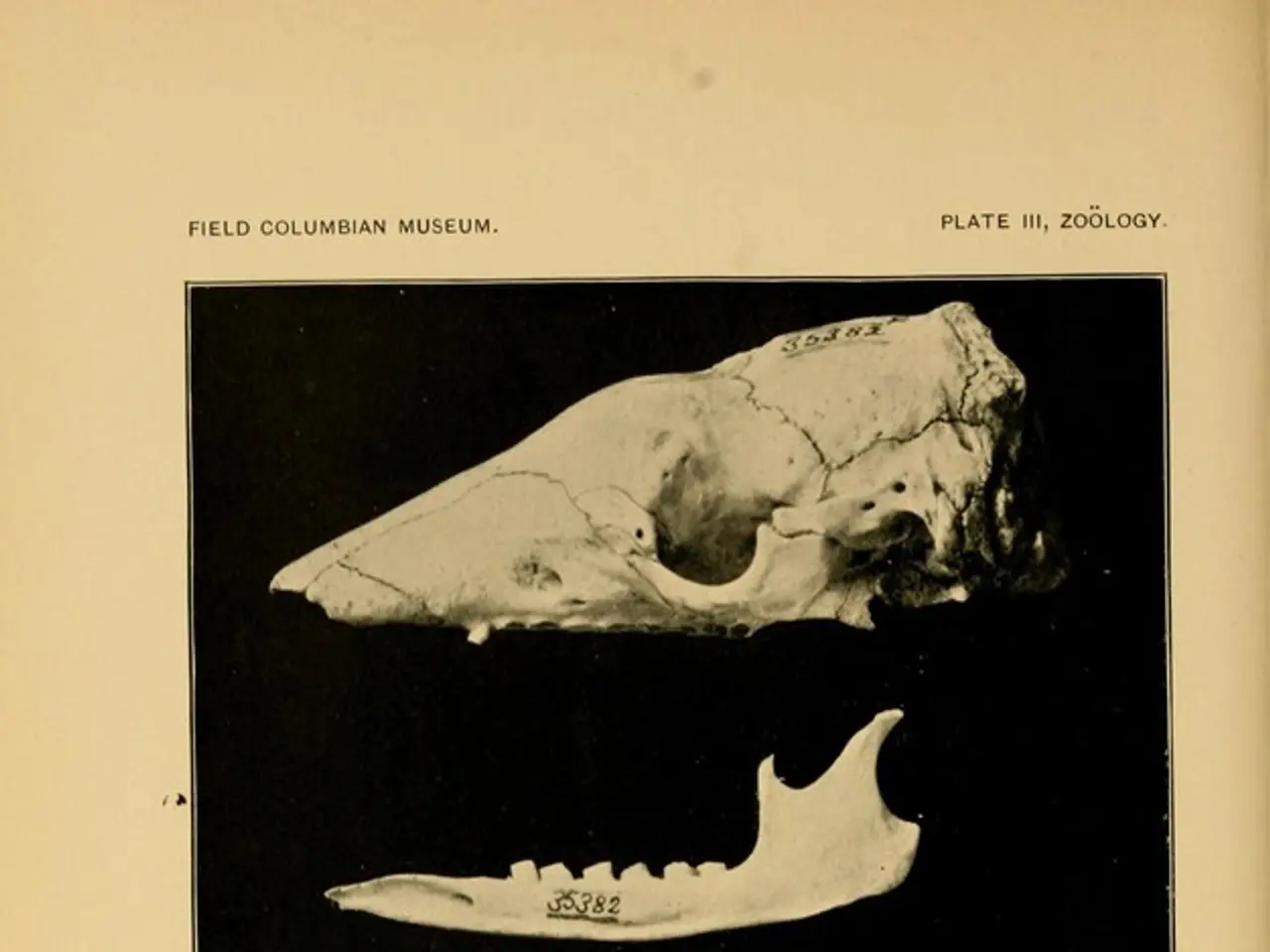Dish versus Ankylosing Spondylitis: An Examination of the Two Entities
Diffuse Idiopathic Skeletal Hyperostosis (DISH) and Ankylosing Spondylitis (AS) are two distinct types of arthritis that affect the spine differently. While they share some similarities, their causes, symptoms, diagnosis, treatment, and outlook vary significantly.
Causes
AS is an autoimmune inflammatory disease primarily affecting the spine and sacroiliac joints. It involves immune system dysfunction leading to chronic inflammation and eventual joint fusion. On the other hand, DISH is a non-inflammatory condition characterized by calcification and ossification of ligaments, especially along the spine. The exact cause of DISH is not fully understood but differs from the autoimmune basis of AS.
Symptoms
AS symptoms include chronic pain and stiffness, initially in the lower back and hips, worsening with rest and improving with movement. Pain often occurs at night or early morning, and loss of spinal mobility and possible progression to spinal fusion are common. Systemic symptoms such as fatigue, appetite loss, abdominal pain, and vision changes may occur. Flares and remissions are typical.
In contrast, DISH symptoms usually present with spinal stiffness and limited range of motion, but pain is often milder or absent. Individuals with DISH may have difficulty bending or twisting the spine due to ligament ossification, but they are less likely to have systemic symptoms or peripheral joint involvement compared to those with AS.
Diagnosis
AS diagnosis is based on clinical symptoms, physical examination, and imaging showing sacroiliitis (inflammation of sacroiliac joints), syndesmophytes, and eventual spinal fusion visible on X-rays or MRI. Blood tests may show markers of inflammation (ESR, CRP) and genetic testing for HLA-B27 antigen supports diagnosis.
DISH, however, is diagnosed primarily by radiographic criteria showing flowing calcification and ossification along the anterolateral aspects of at least four contiguous vertebrae without involvement of the sacroiliac joints. Laboratory tests typically do not show inflammatory markers, and there are no specific laboratory or genetic markers for DISH.
Treatment
Treatment for AS focuses on reducing inflammation and pain. Nonsteroidal anti-inflammatory drugs (NSAIDs) are first-line, and biologic agents like TNF inhibitors or IL-17 inhibitors may be used for severe or refractory cases. Physical therapy to maintain mobility and posture is also important.
DISH treatment mainly aims to manage symptoms, as there is no specific medical therapy to reverse ossification. NSAIDs for pain if present, physical therapy to maintain spinal flexibility, and surgery are rare and reserved for cases with severe mechanical complications.
Outlook
AS is a chronic progressive disease that can lead to significant spinal rigidity and disability if untreated. Early diagnosis and treatment improve quality of life and functional outcomes but cannot cure the disease.
DISH, on the other hand, is generally considered benign and slowly progressive with less impact on functional status. It usually does not lead to severe disability or systemic symptoms, and the prognosis is generally good with symptom management.
In conclusion, AS is an autoimmune inflammatory arthritis involving the spine with systemic features, while DISH is a non-inflammatory ossification disorder mainly affecting spinal ligaments. Individuals experiencing symptoms of either condition should consult a doctor for proper diagnosis and treatment. Regular check-ups are important for those with AS to monitor for complications, while exercise, maintaining a healthy weight, and symptom management are key for managing DISH.
- Despite sharing some similarities, the causes of Ankylosing Spondylitis (AS) and Diffuse Idiopathic Skeletal Hyperostosis (DISH) differ significantly, with AS being an autoimmune inflammatory disease and DISH characterized by calcification and ossification of ligaments.
- People with Ankylosing Spondylitis often experience chronic pain and stiffness in the lower back and hips, which can worsen with rest and improve with movement, while those with DISH might have milder or absent pain but may struggle with spinal stiffness and limited range of motion.
- The diagnosis of Ankylosing Spondylitis typically involves clinical symptoms, imaging showing sacroiliitis, and blood tests showing markers of inflammation, while DISH is diagnosed primarily by radiographic criteria showing flowing calcification along the anterolateral aspects of at least four contiguous vertebrae.
- Treatment for Ankylosing Spondylitis focuses on reducing inflammation and managing pain with medications like Nonsteroidal anti-inflammatory drugs (NSAIDs) and biologic agents, while DISH treatment aims to manage symptoms, often using NSAIDs for pain and physical therapy to maintain spinal flexibility.
- While Ankylosing Spondylitis is a chronic progressive disease that can lead to significant disability if untreated, Diffuse Idiopathic Skeletal Hyperostosis is generally considered benign and slowly progressive, with less impact on functional status.




